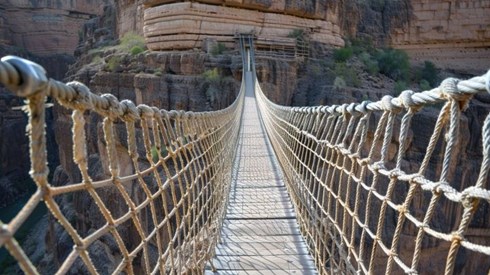Using Captives to Fund Climate Response with Parametric Solutions

Joanne Wojcik | August 07, 2025

As climate change increases the potential severity of weather-related natural catastrophes, companies should consider using their captives to provide loss prevention and response and recovery resources, a leading insurance industry expert advises.
Captives can be leveraged as strategic finance vehicles to fund measures to protect the parent company's physical assets in the face of volatile climate change. This includes flood defenses, wildfire prevention, retrofitting infrastructure for extreme weather resilience, and supporting carbon reduction initiatives that align with long-term sustainability strategies, suggests Dr. Marcus Schmalbach, CEO of RYSKEX GmbH.
As a specialist in parametric risk trading with extensive experience in reinsurance, underwriting, insurance, and risk management, Dr. Schmalbach recommends companies combine a parametric solution with a captive to finance weather-related losses. This can enable organizations—especially small and midsize companies—to get back up and running as quickly as possible following a catastrophic event.
"Parametric is a way to get reimbursed for a portion of a loss upfront so you can use it to respond to the loss," he said.
For example, if hurricane wind speeds exceed a specific threshold, such as 100 miles per hour, the parametric contract would provide a certain level of reimbursement to the policyholder, which could combine that sum with funds from their captive to respond to a loss immediately after it occurs. This will enable the captive owner to resume operations without having to wait for an insurance payout, Dr. Schmalbach explained.
Although placing a parametric solution at the bottom of an insurance coverage tower might cost more than making it an excess layer, this cost can be mitigated by constructing a program with multiple triggers, according to Dr. Schmalbach.
For example, the parametric policy could include three triggers.
- Trigger No. 1 would pay a specific amount after wind speeds exceed 80 mph.
- Trigger No. 2 would pay a specific amount if the company's property is located within the eye of the hurricane.
- Trigger 3 would pay out if the business is still shut down three weeks after the storm.
"The more triggers, the less it costs," Dr. Schmalbach said. Moreover, "the client dictates the terms. It's a tailor-made solution."
The parametric contract would be the first to respond, while the captive could reinsure it, perhaps on a quota-share basis. Any additional coverage would be layered on top.
"If you're building a coverage tower, don't put the parametric on top, put it on the bottom to provide immediate cash-flow," Dr. Schmalbach advised.
This can be particularly helpful to "small and midsize companies that don't have the wherewithal to sustain the loss," he added.
Recent natural catastrophes, like the floods in the Texas Hill Country, demonstrate that "climate change is a real threat to companies," Dr. Schmalbach said. "A Florida hurricane in the 1800s might not have been as devastating because fewer people lived on the coast then. Now it's a much bigger exposure."
Joanne Wojcik | August 07, 2025
